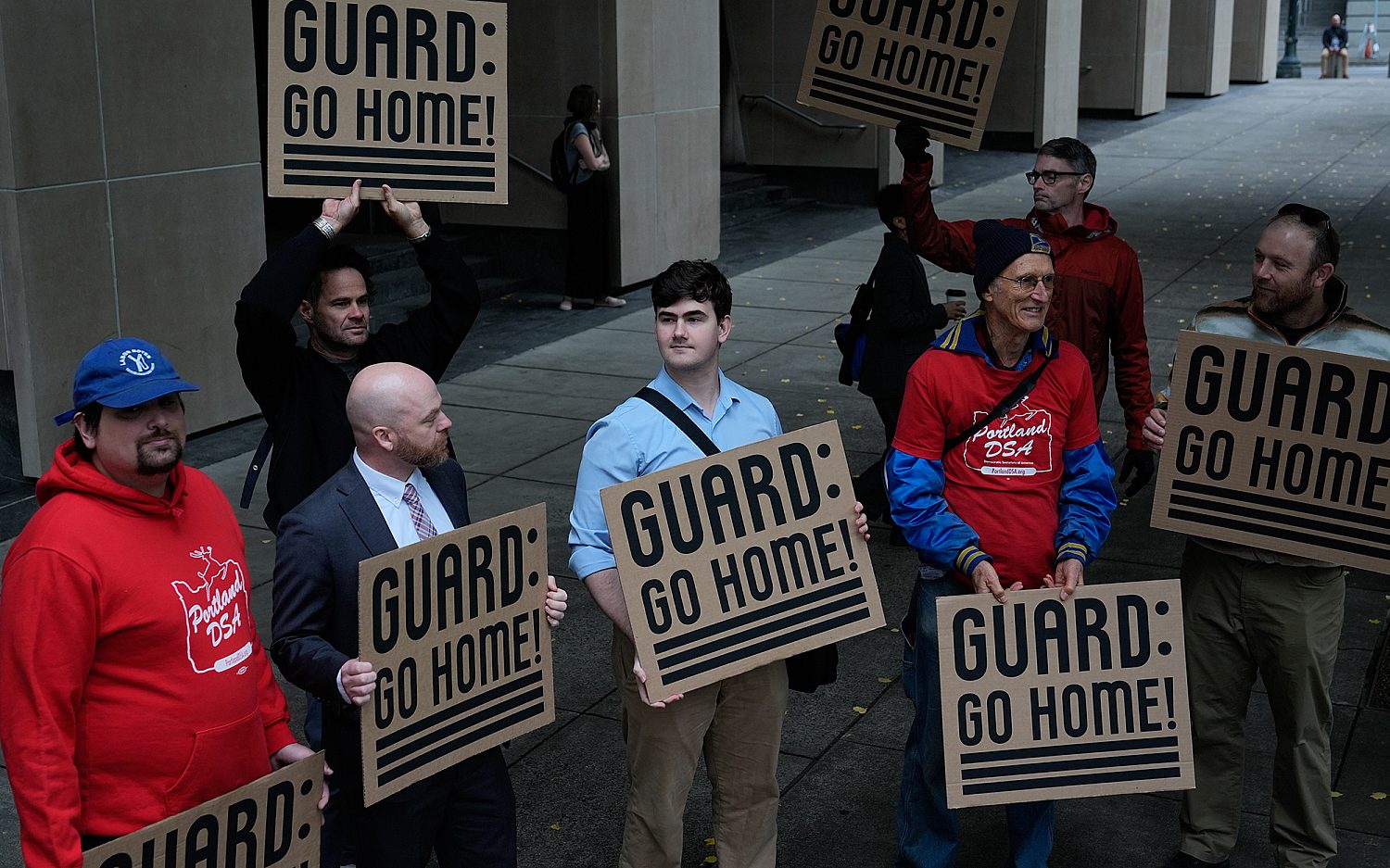Air Force announces new $564 million bomber
The U.S. Air Force announced late Tuesday that Northrup Grumman Corp., maker of the B-2 stealth bomber, will build its next generation, long-range strike bomber (LRS-B).
The highly classified, $80 billion program designed to replace the aging bomber fleet pitted Northrup Grumman against a team formed by Boeing Co. and Lockheed Martin Corp. According to Aviation Week, those two companies have been prime contractors on almost every combat aircraft in U.S. service today.
“The long-range strike bomber will support America’s defense strategy by forming the backbone of the Air Force’s future strike and deterrent capabilities,” Defense Secretary Ash Carter said during a Pentagon news conference.
Carter told reporters the new bomber—which has not yet been given a name or a model number—will meet the nation’s long-range strike aircraft needs for the next 50 years.
The Pentagon announcement is a major step toward upgrading and modernizing the nation’s nuclear triad: missile-carrying submarines, land-based ballistic missiles, and long range, nuclear-capable bombers. The current bomber fleet includes the venerable B-52, in service for more than 60 years, and the B-2 stealth bomber, which has been flying for more than two decades.
The Heritage Foundation, in the 2016 Index of U.S. Military Strength released this week, rates current U.S. nuclear capabilities as “marginal.” The report cited a “greater need to modernize U.S. nuclear capabilities, particularly with regard to aging delivery systems.” Continued reliance on legacy systems such as the B-52 eventually will diminish the effectiveness of the nuclear triad and lead to the degradation of the nation’s strategic deterrence, the report added.
The Air Force plans to buy 100 new bombers at an average cost of $564 million each. The Northrop Grumman contract covers an initial set of 21 planes, plus $23.5 billion in engineering and development costs. The estimated total cost to develop and purchase the full fleet would be $80 billion.
Beyond carrying nuclear bombs, the plane’s specific capabilities are highly classified. But industry reports say it likely will be equipped with sophisticated electronics and communications gear that would allow it to perform a variety of missions—including the potential of being flown without a pilot.
The LRS-B announcement also comes at a time when another Pentagon aircraft program—the Lockheed Martin-built F-35 Joint Strike Fighter—is coming under scathing criticism for having gone significantly over-budget, becoming the nation’s most expensive weapon system.
But industry sources say the two programs have several key management differences, including the LRS-B’s assignment to the Air Force’s Rapid Capabilities Office (RCO).
“[RCO has] an incredible track record of delivering eye-watering capabilities,” Air Force acquisition chief William LaPlante told Aviation Week. “Not just one-offs, but things going into production.”
The LRS-B also will differ from other programs, such as the F-35, in its production rate, the number of planes produced annually.
That number is based on a “fundable profile, without the big ramp-up you see on F-35,” LaPlante said. “We have set it up to be resilient,” with affordable annual funding.
The Associated Press contributed to this report.
An actual newsletter worth subscribing to instead of just a collection of links. —Adam
Sign up to receive The Sift email newsletter each weekday morning for the latest headlines from WORLD’s breaking news team.




Please wait while we load the latest comments...
Comments
Please register, subscribe, or log in to comment on this article.